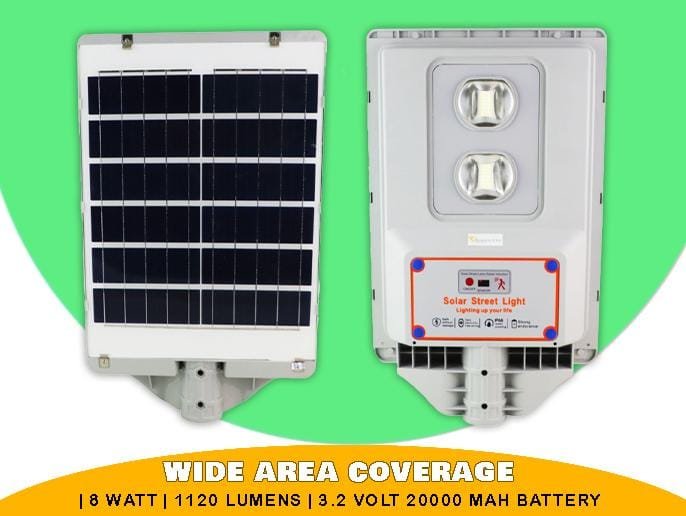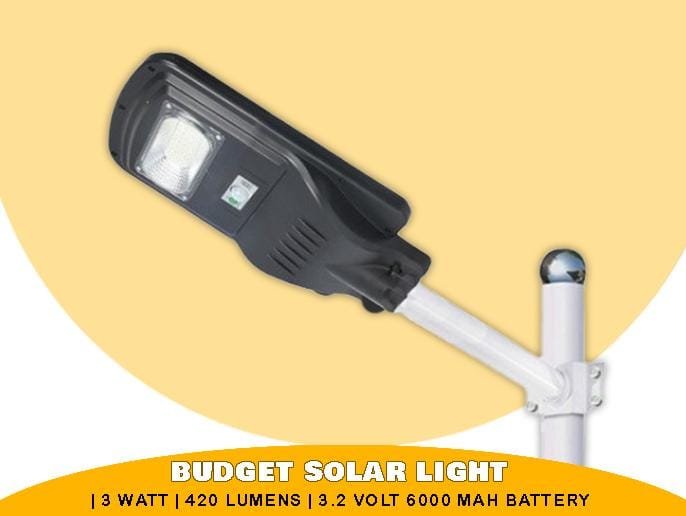Solar street lights have gained significant popularity as a sustainable and cost-effective solution for outdoor lighting. With the advancement of solar technology, choosing the right solar street light can seem like a daunting task. However, by considering certain factors and understanding your specific requirements, you can select the perfect solar street light that meets your needs and brightens your outdoor space. In this ultimate guide, we will explore the key aspects to consider when choosing a solar street lig ht.

Table of Contents
- Introduction: Harnessing Solar Power for Outdoor Lighting
- Assessing Your Outdoor Lighting Needs
- Understanding Solar Street Light Components
- Evaluating Solar Panel Efficiency
- Battery Capacity and Autonomy
- Light Output and Brightness
- Motion Sensor and Lighting Control Features
- Durability and Weather Resistance
- Installation and Maintenance Considerations
- Budget and Return on Investment
- Conclusion
1. Introduction: Harnessing Solar Power for Outdoor Lighting
Solar street lights harness the power of the sun to generate electricity and illuminate outdoor spaces. They consist of solar panels, batteries, LED lights, and other components that work together to provide sustainable and efficient lighting. By relying on renewable energy, solar street lights contribute to a greener environment while offering cost savings.
2. Assessing Your Outdoor Lighting Needs
Before selecting a solar street light, it’s essential to assess your outdoor lighting needs. Consider factors such as the size of the area to be illuminated, the required brightness level, and any specific lighting requirements. This evaluation will help determine the appropriate type and specifications of the solar street light.
3. Understanding Solar Street Light Components
To make an informed decision, it’s crucial to understand the components of a solar street light. The key components include:
- Solar Panel: Converts sunlight into electricity.
- Battery: Stores the generated electricity for use during nighttime.
- LED Lights: Provide illumination using minimal energy.
- Charge Controller: Regulates the charging and discharging of the battery.
- Pole and Mounting Structure: Supports the solar panel and light fixture.
4. Evaluating Solar Panel Efficiency
The efficiency of the solar panel directly affects the performance of the solar street light. Look for solar panels with high conversion efficiency, as they will generate more electricity from the available sunlight. Monocrystalline or polycrystalline solar panels are commonly used in solar street lights due to their efficiency and reliability.
5. Battery Capacity and Autonomy
The battery capacity determines how long the solar street light can operate during nights or cloudy days. Consider the battery’s storage capacity and its ability to provide autonomy, ensuring that the light can function for multiple consecutive nights without recharging. Lithium-ion batteries are commonly used for their high energy density and longer lifespan.
6. Light Output and Brightness
The light output and brightness level of a solar street light play a crucial role in achieving the desired illumination. Consider the lumens (brightness measurement) of the LED lights used in the solar street light. Higher lumens ensure brighter lighting, making the area more visible and secure.
7. Motion Sensor and Lighting Control Features
Motion sensors and lighting control features enhance the efficiency and functionality of solar street lights. Motion sensors detect movement and activate the lights, conserving energy by only illuminating when needed. Lighting control features allow you to adjust the brightness or set specific lighting schedules according to your preferences.
8. Durability and Weather Resistance
Outdoorlighting systems, including solar street lights, must withstand various weather conditions. Look for solar street lights with durable materials and excellent weather resistance. They should be able to withstand rain, snow, heat, and other environmental factors without compromising performance or longevity.
9. Installation and Maintenance Considerations
Consider the ease of installation and maintenance when selecting a solar street light. Opt for lights that come with simple installation instructions and require minimal wiring or infrastructure modifications. Additionally, choose lights that are easy to maintain, with accessible components and user-friendly maintenance procedures.
10. Budget and Return on Investment
Consider your budget and the long-term return on investment when choosing a solar street light. While solar street lights may have a higher initial cost compared to traditional lights, they offer significant savings in terms of reduced electricity bills and maintenance expenses. Calculate the payback period and evaluate the overall cost-effectiveness of the solar street light.

Conclusion
Choosing the right solar street light involves assessing your outdoor lighting needs, understanding the components, evaluating efficiency, considering battery capacity, and assessing durability. Additionally, factors such as light output, motion sensor capabilities, installation and maintenance considerations, and budget should be taken into account. By considering these aspects, you can select the perfect solar street light that illuminates your outdoor space efficiently, sustainably, and cost-effectively.
Watch Unboxing Videos of Solar Street Lights on our Youtube Channel Click Here
